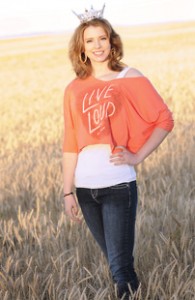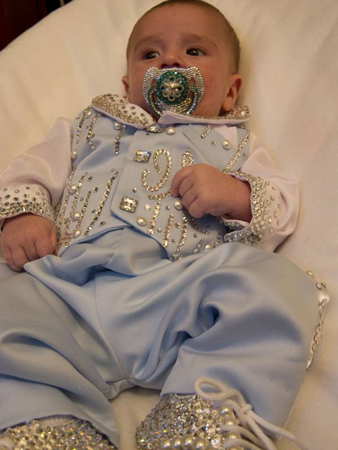Because of my research on kids and competition (especially beauty pageants and dance, which often bleeds into cheer, and athletics) and my own love of reading, I often read youth literature on these topics-- which I've written about before. Most of the time this has meant Young Adult (YA) books, but more recently I've noticed more Middle Grade (MG) books on these topics as well. What's the difference between YA and MG? Here's the best thing I've read about the differences between the two (and, according to a Tweet today by NYT publishing reporter Leslie Kaufman, the NYT will now break out YA and MG books on its children's bestseller list). I would also add, as someone who has read both of Suzanne Collins' series, that The Hunger Games trilogy is YA (and adult-friendly) whereas her Gregor the Overlander five-book series is clearly MG. In any case, here are my quick takes on these five recent books, some of which may appeal to some special young person in your life for the holidays!
1) Dare Me- The darkest of this group of books, Megan Abbott's latest is definitely YA, with sex, drinking, and death taking center stage in her atmospheric and psychological novel on the young woman's psyche. Outside competitions take second-place to the internal competition on this high school cheerleading squad. Even if you don't know anything about cheerleading you can appreciate this book (in fact, some hardcore all-star cheerleaders may be distracted by the way competition operates for this high school squad). Teen girls will love this, even if it makes mom uncomfortable.
2) Fifteen Love- The latest in the Pretty Tough series, which I've written about before, this installment focuses on twin sisters starting ninth grade who play competitive tennis. It is definitely the best in the series thus far. The characters are believable and it is very accurately situated in today's tough scholastic high school environment; for example, one of the main characters asks on page 3, "When did high school become a career?" And this exchange captures the spirit of the book very well:
"Right. Snowboarding. You know, it's not like you can get a scholarship or win any money messing around with stuff that doesn't matter."
"Uh, not that I care about winning money or medals, but actually, yes, I can. Ever hear of the X Games? Or the Super Jam? How about the Olympics? They're adding more action sports events every year!" I roll my eyes. "But it's not about the fame and glory for me-- it's about having fun." [page 10]
3) Pinned- Sharon Flake's latest also focuses on two ninth graders-- Autumn and Adonis. The two are very different, but are drawn together. Autumn is a top wrestler on her high school's team here she is the only female (female wrestlers are quite the topic on this blog and in general these days) while Adonis is the team's manager. He doesn't wrestle because he doesn't have lower legs. The book will appeal to those who like to read, like Adonis, and those who may struggle, like Autumn. Autumn's chapters are written as she speaks; I'm not a literacy expert but I did wonder if that might make it more difficult to read for those who find reading challenging already? In any cause, it's beautifully voiced and presents universal themes in a different way. My favorite passage from the book is at the very beginning, when Autumn explains what she likes about wrestling: "You work hard and discipline yourself, and you can be somebody in this sport. And it don't matter if you big or small. Fat or skinny. Rocking killer grades or not."
4) Prettiest Doll- Set in Missouri this middle grade (in my opinion) novel is quite an accurate portrayal of life in child beauty pageants away from the all high-glitz circuit presented in shows like Toddlers & Tiaras. With elements of From the Mixed-up Files of Mrs. Basil E. Frankweiler (one of my all time favorite stories), you don't have to be interested in pageants to be interested in this book. I like that the pageants aren't sensationalized, presenting both the good and the bad, and that other important issues in children's lives are discussed. The book, which is a quick and enjoyable read, also addresses a variety of complicated parental relationships well and has a lasting and realistic take-away message.
5) Someday Dancer- Sarah Rubin's debut novel will appeal most to young dancers who don't quite fit the traditional ballet mode. The most interesting feature here is that the book is set in the late 1950s, so it offers a very different perspective on adolescence, art, and dance. The main character discovers modern dance, just after modern dance is "invented." Several dance greats make appearances, which means that those interested in the arts will learn something about its history. That such young girls traveled by themselves, overnight by bus, to pursue their dreams may shock some readers and enchant others. But such sacrifices are also made by young dancers today (which you can see more of if you watch the STUPENDOUS ballet documentary First Position).
I'm looking forward to blogging about some other YA novels soon-- and sharing some new reading news for 2103 soon!






